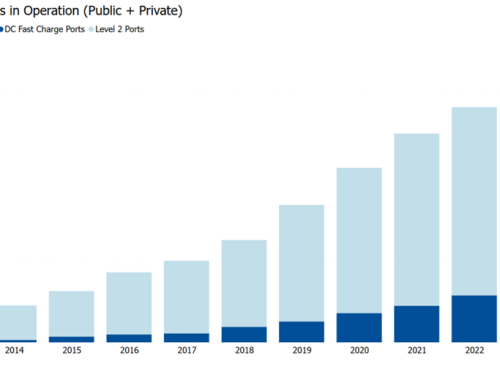
|
Ensuring electric vehicle charger reliability is critical as we aim to significantly ramp up charger deployment through the National Electric Vehicle Infrastructure (NEVI) program. Likewise, identifying ways to measure reliability and performance of EV chargers is equally as important to ensure successful deployment, which we’ve previously discussed in a previous digest. This past June, my colleagues teamed up with the National Association of State Energy Officials (NASEO) and the American Association of State Highway and Transportation Officials (AASHTO) to convene an online charette focused on evaluating EV charger reliability and performance. A suite of stakeholders across a number of sectors invested in EV charging participated in the charette, including state and federal government agencies, utilities, and consulting firms. The goal of the charette was to work towards identifying processes for measuring, verifying, and evaluating charger reliability and performance, and my colleagues Kelsey Blongewicz, James Di Filippo, and Sophie Latham summed up the findings in a summary report. Below are four main themes that emerged from the charette discussions. |
View the full report here. |


